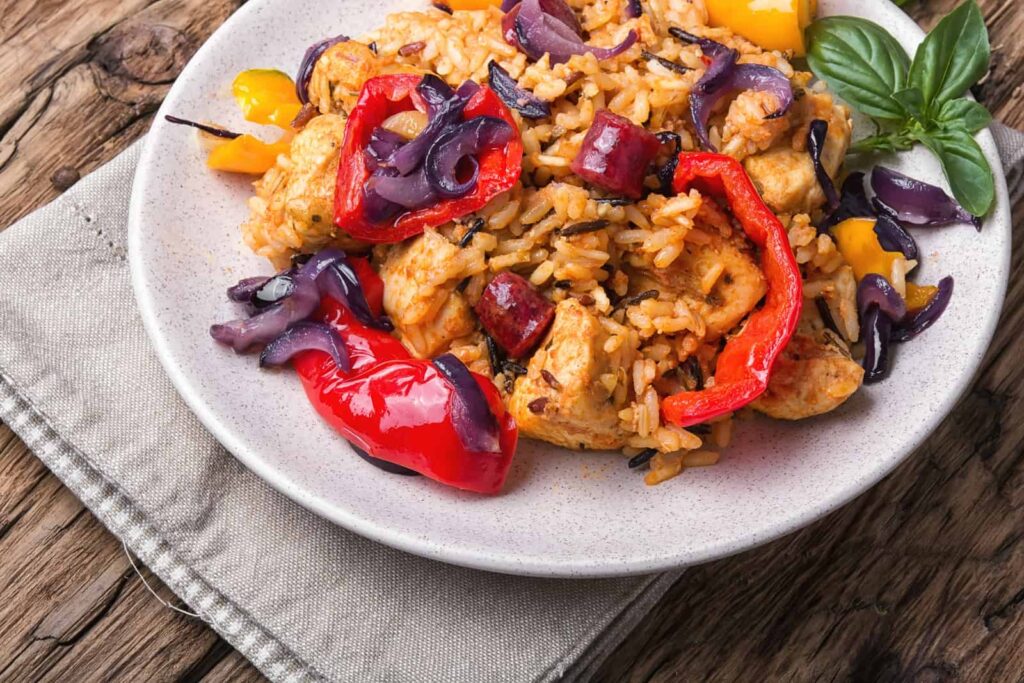The Evolution of American Cuisine: Regional Specialties and Innovations
American cuisine is a rich tapestry woven from the diverse cultural influences that have shaped the nation’s history. From indigenous traditions to global culinary trends, the U.S. has continuously adapted its food culture, producing an array of regional specialties and groundbreaking innovations. This evolution reflects not only the creativity of its people but also the adaptability of a country shaped by immigration, trade, and technological advances.
Understanding the story of American food means appreciating the unique flavors of its regions while acknowledging the innovative spirit that has propelled it onto the global stage.
A Nation of Regions: Culinary Identity Across America
American cuisine cannot be defined by a single dish or flavor profile because it is inherently regional. Each area boasts distinct culinary traditions deeply rooted in its geography, history, and culture.
The Northeast: Known for its colonial roots, the Northeast features dishes like clam chowder, lobster rolls, and baked beans. New England’s cold waters and forests influenced a cuisine that blends hearty, simple ingredients with seafood and dairy.
The South: Southern food reflects a melding of African, European, and Native American influences. Classics like fried chicken, gumbo, and cornbread are steeped in traditions of resilience and innovation, with a heavy reliance on local ingredients like rice, okra, and greens.
The Midwest: Dubbed “America’s breadbasket,” the Midwest offers comfort food that often highlights grains, dairy, and meat. Iconic dishes include deep-dish pizza in Chicago, cheese curds in Wisconsin, and hearty casseroles that echo the region's agricultural heritage.
The West: As a melting pot of diverse cultures, the West embraces fusion cuisine, particularly in cities like Los Angeles and San Francisco. Staples include farm-to-table dishes, sourdough bread, and Mexican-influenced fare like fish tacos.
The Pacific Northwest: Known for its fresh seafood and coffee culture, the Pacific Northwest excels in salmon dishes, artisan bread, and unique offerings like geoduck.
Each region’s specialties are more than just food—they are cultural markers that connect communities to their histories and surroundings.
Immigration and Innovation: The Pillars of Culinary Evolution
The melting pot of America owes much of its culinary richness to immigrants who brought their traditions, flavors, and techniques. These influences, over time, morphed into uniquely American staples.
Italian and Chinese Influence: The introduction of Italian pasta and pizza evolved into distinctly American iterations like deep-dish and New York-style pizzas. Similarly, Chinese immigrants gave birth to dishes like chop suey and General Tso's chicken, which blend Eastern flavors with Western palates.
Mexican Contributions: Mexican cuisine heavily shaped Tex-Mex and Californian food, introducing beloved staples such as tacos, enchiladas, and guacamole.
Fusion Cuisine: The modern era of fusion blends global influences, such as Korean BBQ tacos and sushi burritos, showcasing America’s innovative spirit in adapting and merging culinary traditions.
Innovation also thrives beyond cultural blending. Technological advancements, like refrigeration and transportation, expanded access to fresh ingredients nationwide. The rise of fast food, starting with chains like White Castle and McDonald's, also revolutionized how Americans eat, making convenience a hallmark of American dining.
The Farm-to-Table Movement and Beyond
In recent decades, the farm-to-table movement has reshaped how Americans think about food. With an emphasis on sustainability and local sourcing, chefs and home cooks alike are reconnecting with the land.
Seasonal Ingredients: Restaurants now celebrate seasonal produce, creating menus that change throughout the year to highlight peak freshness.
Urban Agriculture: Cities across America have embraced urban farming initiatives, from rooftop gardens to community-supported agriculture programs, bringing fresh produce to urban areas.
Beyond Organic: Consumers demand more than just organic labels. Ethical sourcing, regenerative agriculture, and reduced food waste are becoming essential components of modern dining.
This return to mindful eating has not only influenced fine dining but also revitalized regional traditions, blending old practices with new sustainability trends.
The Future of American Cuisine: Culinary Creativity in a Globalized World
As the world becomes increasingly interconnected, the evolution of American cuisine shows no signs of slowing. Trends like plant-based diets, molecular gastronomy, and food technology are redefining what and how we eat.
Plant-Based and Alternative Proteins: Plant-based burgers and lab-grown meat are reshaping American menus. Brands like Beyond Meat and Impossible Foods lead this revolution, proving that sustainability and innovation can coexist with flavor.
Cultural Revival: Younger generations are reclaiming and celebrating their ancestral cuisines. Dishes like pho, birria tacos, and shakshuka are gaining popularity, offering a platform for authentic storytelling through food.
Food Tech: Advances in food technology, including 3D printing of meals and AI-driven recipe development, hint at a future where innovation knows no boundaries.
While these trends push the boundaries of possibility, they are deeply rooted in the same principles that have always guided American cuisine: adaptability, creativity, and a celebration of diversity.
Conclusion
The evolution of American cuisine is a testament to the nation's ability to embrace change while honoring its roots. From the clam chowders of the Northeast to the fusion tacos of California, each dish tells a story of resilience, innovation, and shared cultural heritage. As America looks to the future, its food will continue to be a reflection of its people: diverse, dynamic, and endlessly inventive.
References
- History of American Cuisine
- Regional Foods Across the U.S.
- The Southern Foodways Alliance
- The Impact of Immigrants on American Cuisine
- Farm-to-Table Movement
- Modern Fusion Cuisine Trends
- Plant-Based Innovation
- Cultural Reclamation Through Food
- Food Technology Trends
- Sustainable Eating Practices











































































